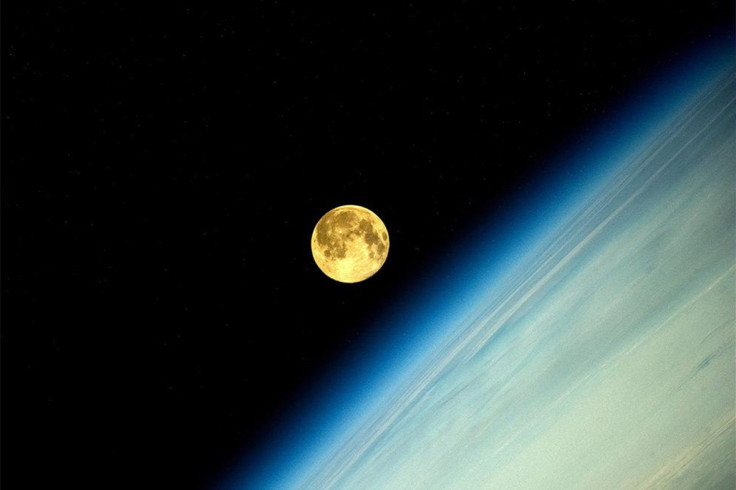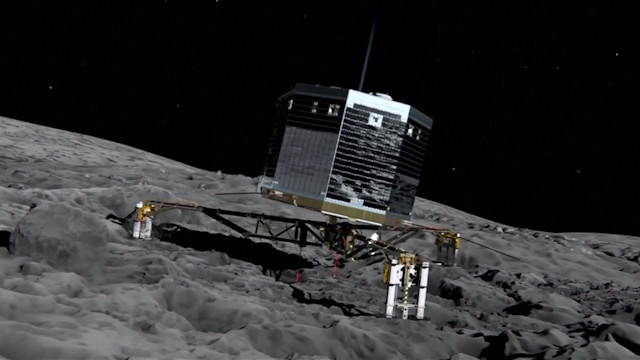New Nasa Research Aims To Help Detect Alien Life
Scientists simulate distant planets' atmospheres to find environments best suited to alien life

Nasa has released new research aimed at helping explorers detect alien life in space.
Researchers at the Nasa Astrobiology Institute Virtual Planetary Laboratory carefully simulated the atmospheric chemistry of alien worlds devoid of life over four years in an effort to find the environments best suited to extra-terrestrial life.
Scientists used computer models to simulate the atmospheric chemistry on planets beyond the solar system, and found that methane and oxygen together, or methane and ozone together are strong indicators of life.
Researchers said combined methane and oxygen molecules are a reliable sign of biological activity because methane does not last long in an atmosphere containing oxygen-bearing molecules.
"It's like college students and pizza," said Shawn Domagal-Goldman, of Nasa's Goddard Space Flight Center in Greenbelt, Maryland.
"If you see pizza in a room and there are also college students in that room, chances are the pizza was freshly delivered, because the students will quickly eat the pizza.

"The same goes for methane and oxygen. If both are seen together in an atmosphere, the methane was freshly delivered because the oxygen will be part of a network of reactions that will consume the methane.
"You know the methane is being replenished. The best way to replenish methane in the presence of oxygen is with life. The opposite is true, as well. In order to keep the oxygen around in an atmosphere that has a lot of methane, you have to replenish the oxygen, and the best way to do that is with life."
On earth, methane is typically produced by biological organisms, such as flatulent cows. However, the gas can also be produced inorganically, for example, by volcanoes at the bottom of the ocean after reactions between rocks and seawater.
The team plans to use its research to issue recommendations about the requirements for future space telescopes designed to search planets beyond the solar system for signs of alien life.
"Context is key – we can't just look for oxygen, ozone, or methane alone," Domagal-Goldman added.
"To confirm life is making oxygen or ozone, you need to expand your wavelength range to include methane absorption features. The next step is figuring out what we need to build and how to build it."
© Copyright IBTimes 2025. All rights reserved.





















